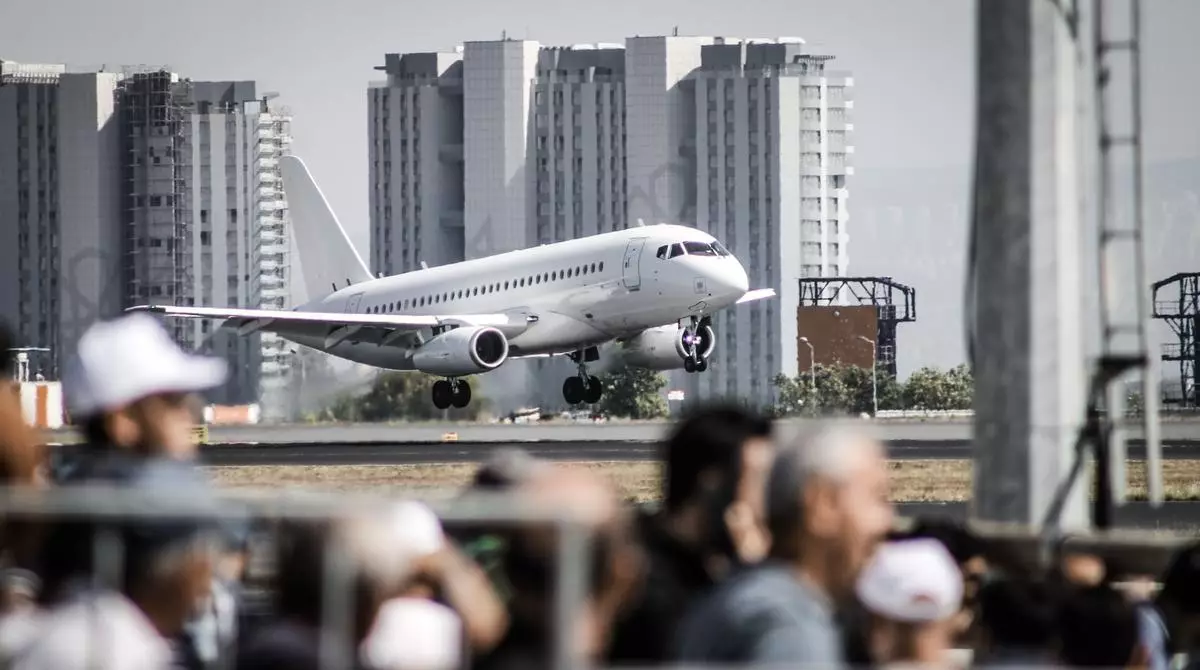
The aviation industry is under pressure to reduce its carbon footprint. Governments and environmentalists are calling for the airline industry to do more to mitigate climate change. In this blog post, we will discuss some of the best practices that aviation companies can adopt to reduce their carbon footprint. Implementing new technologies, changing how flights are operated, and using renewable energy are just a few examples of things that can be done. Keep reading for more!
Funding Clean Energy Projects
Aviation companies around the world have come under scrutiny in recent years for their contribution to carbon emissions. Some have turned to offsets, which are essentially carbon credits that can be traded on a market.
These offsets can then be used to fund clean energy projects, such as wind farms, bioenergy, or solar farms. While it is an indirect way for an aviation company to counter its emissions, it is the only way long-term solution until EVA (Electric Verticle Aircraft) and eco-friendly fuel become publicly available.
For example, BLADE by Rob Wiesenthal is currently supporting a project to capture methane gases from one of the largest landfills in New York, offering renewable energy to power 15,000 local homes each year.
Funding clean energy projects provide a more sustainable approach by helping to increase the supply of renewable energy. So in terms of cost, emissions reductions, and long-term sustainability, investing in projects that supply green energy to local communities.
Route Optimisation
Commercial aviation contributed about 918 million tonnes of CO2 to the atmosphere, which is about 2% of all human-caused emissions that year. To put that into perspective, if the aviation industry were a country, it would rank 7th in the wo rld in terms of emissions.
So how can aviation companies counter their emissions? One way is by optimizing their flying routes. By flying direct whenever possible and avoiding unnecessary detours, airlines can reduce fuel consumption and lower their carbon emissions. Flight planning software can be used to select the most fuel-efficient route, taking into account wind conditions, altitude, and other factors.
Additionally, airlines can take advantage of climatic conditions by flying at higher altitudes when there is less turbulence and headwinds. This also helps to reduce fuel consumption and lower emissions.
Of course, there are other measures that need to be taken as well, such as using more fuel-efficient aircraft and investing in sustainable aviation fuels. But optimizing flying routes is a significant step in the right direction that could make a big dent in the aviation industry’s environmental impact.
Use Energy-Efficient Airplanes
Aviation companies are under pressure to reduce their carbon emissions in order to meet emissions targets set by the International Civil Aviation Organization (ICAO). One way they can do this is by using energy-efficient airplanes.
One way they can do this is by using energy-efficient airplanes. Newer models of aircraft are designed to be more fuel-efficient, and they often feature advanced engine technology and aerodynamic improvements. As a result, these planes emit less carbon dioxide and other greenhouse gases.
For example, the Airbus A350 XWB is a highly efficient airplane that uses 25% less fuel than older models. It also has a smaller carbon footprint, emitting 50% less CO2 than previous generations of aircraft. In addition, the A350 XWB has a longer range, meaning that it can fly further on a given amount of fuel.
As a result, airlines that use energy-efficient airplanes can also save money on fuel costs. Over the long term, this can help to offset the higher initial cost of these planes. For aviation companies, investing in energy-efficient airplanes is a win-win proposition.
In addition, many airlines are investing in electric and hybrid aircraft, which have the potential to significantly reduce their carbon footprints. As the technology continues to improve, it is likely that even more energy-efficient airplanes will enter the market, further helping to reduce aviation’s impact on the environment.
Sustainable Aviation Fuel
One promising solution is the use of sustainable aviation fuel (SAF). SAF is a biofuel made from plants, agriculture wastes, and used cooking oil. Unlike fossil fuels, SAF produces significantly lower emissions (50-80%) when burned, making it a more environmentally friendly option for powering airplanes.
SAF is still in the early stages of development, and there are currently only a few commercially available options. However, several aviation companies are already beginning to experiment with SAF, and the results have been promising.
The use of SAF presents some challenges, such as the need for infrastructure changes and higher costs. However, as the technology continues to develop, it is likely that these obstacles will be overcome and sustainable aviation fuel will become a more viable option for reducing carbon emissions in the aviation industry.
Aviation companies have the power to reduce their carbon footprints and make a real difference in the fight against climate change. We’ve outlined some best practices for how these businesses can take action and we hope you will join us in this important effort. We hope, that this article was helpful.





